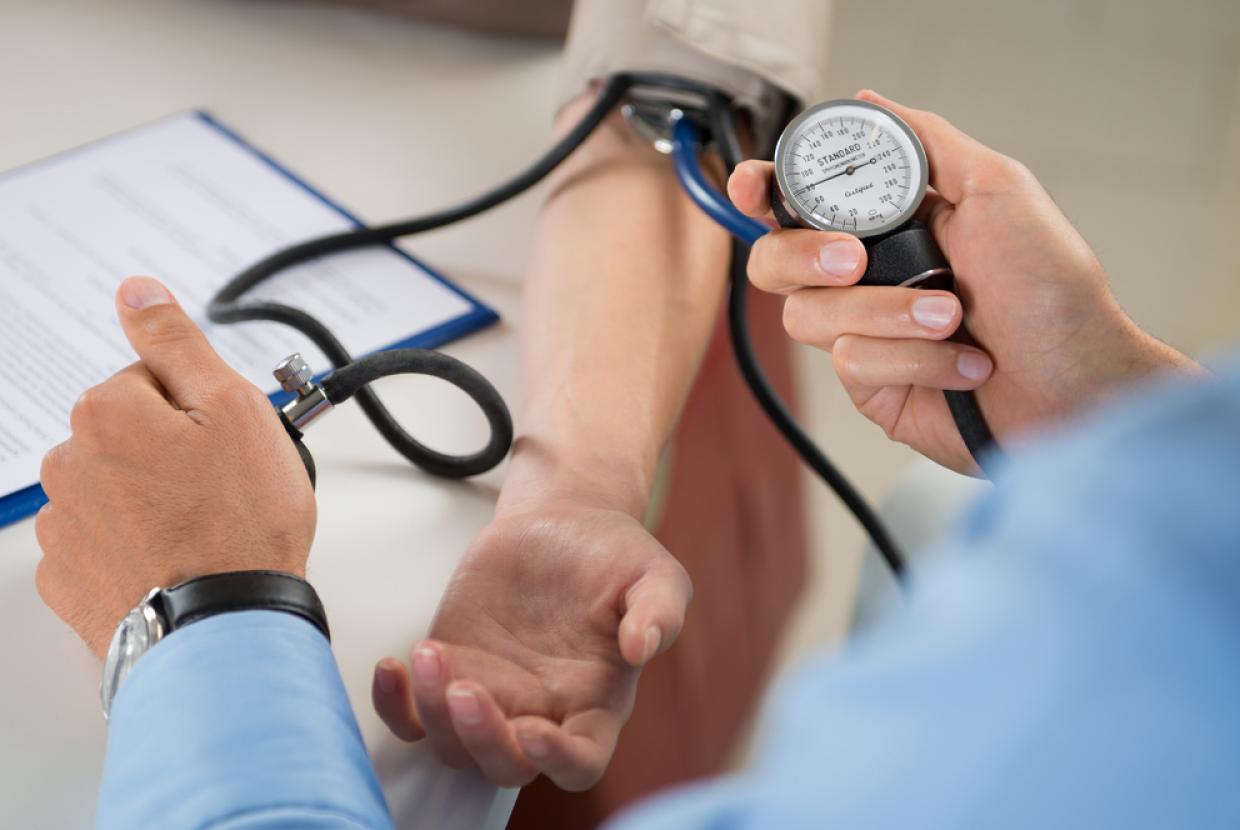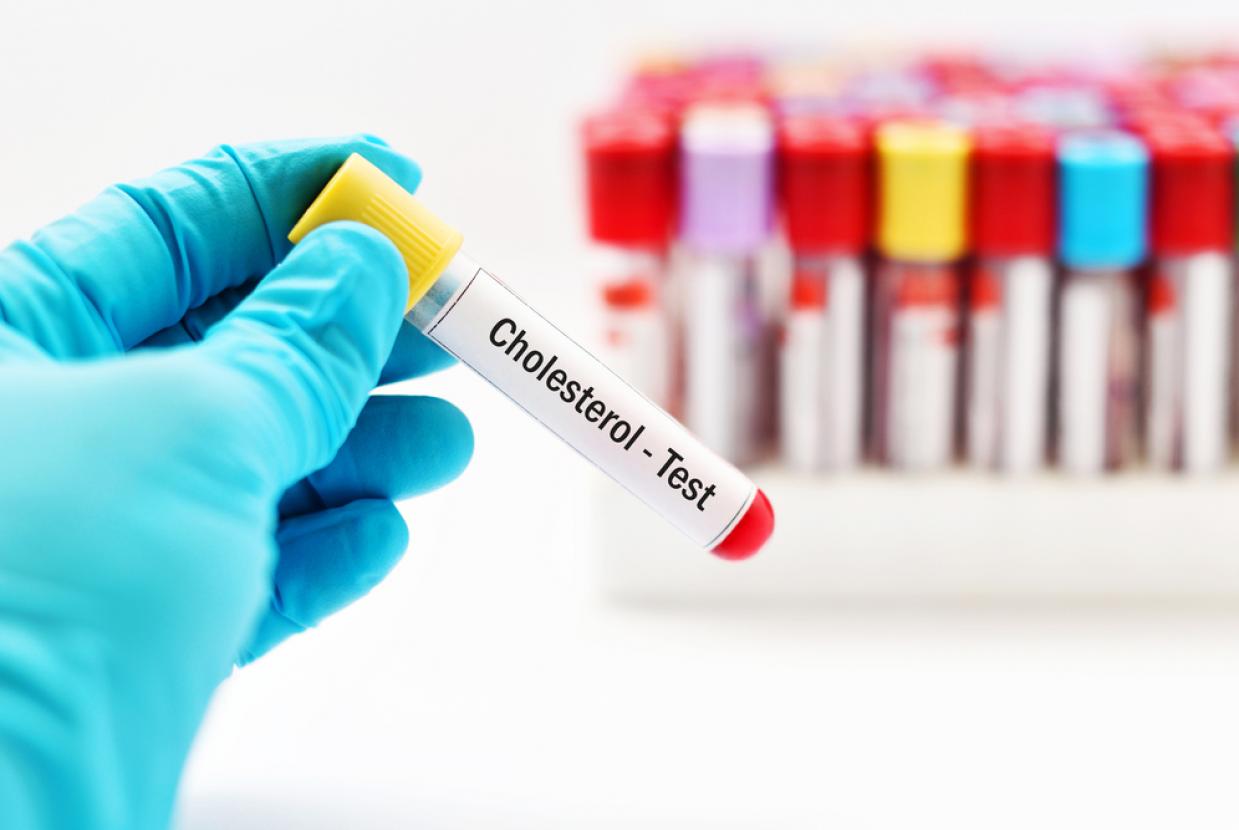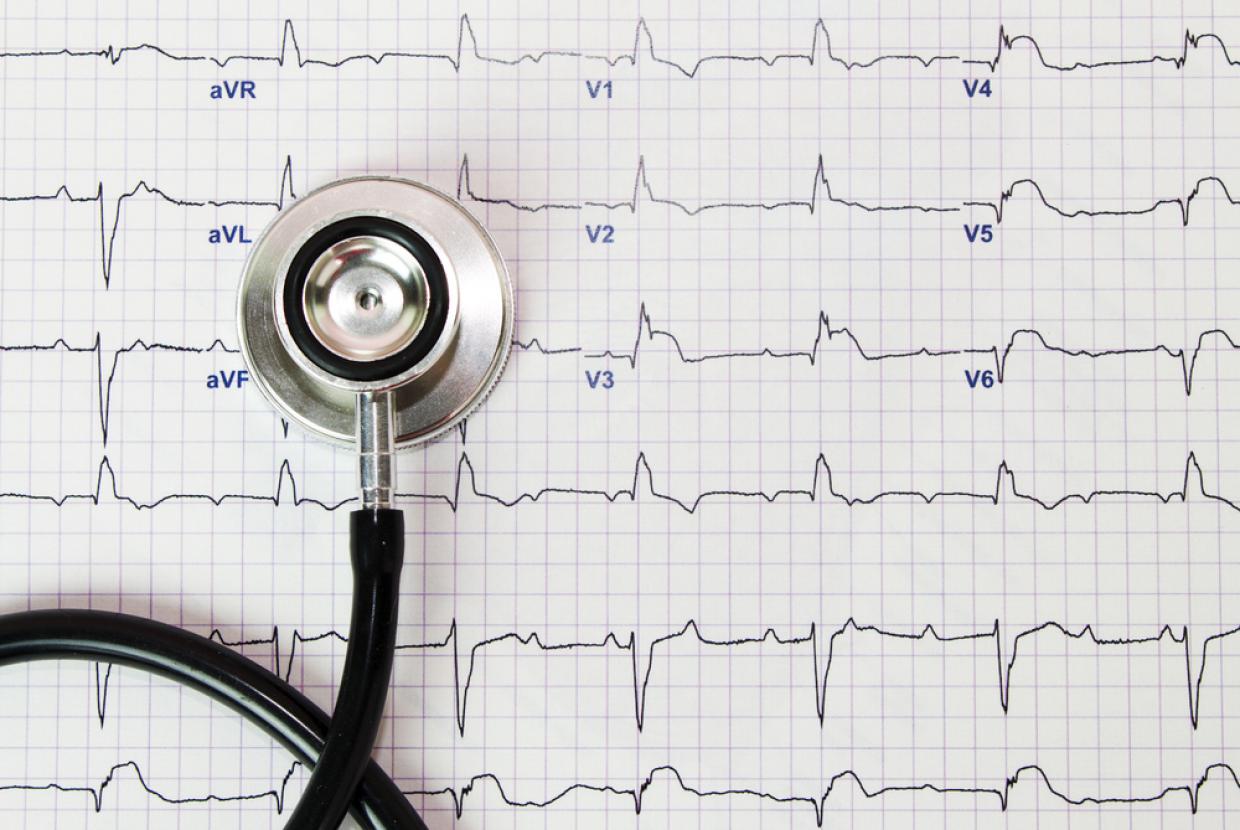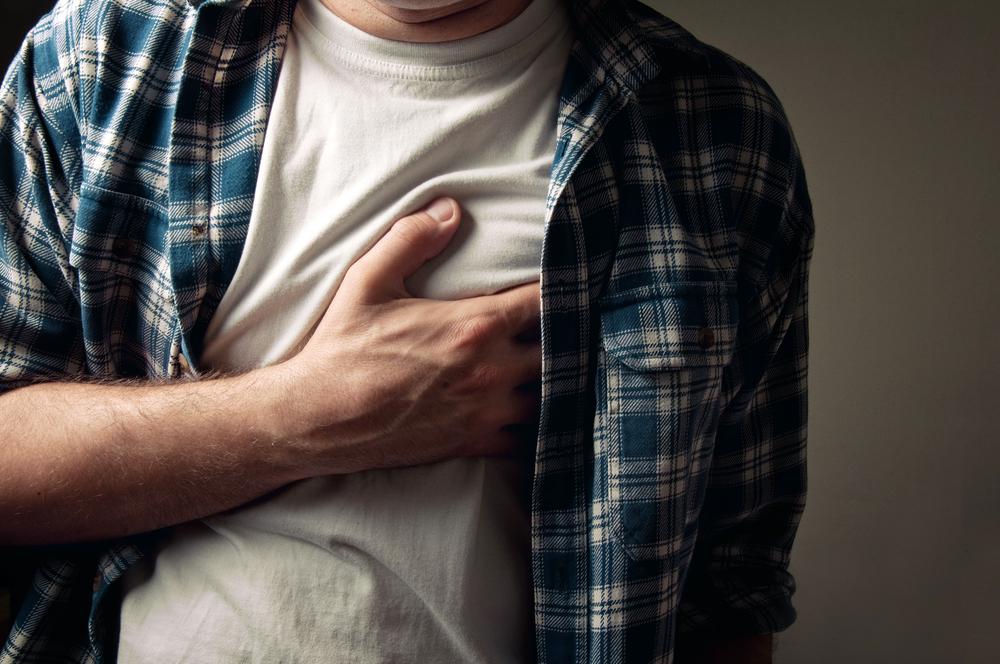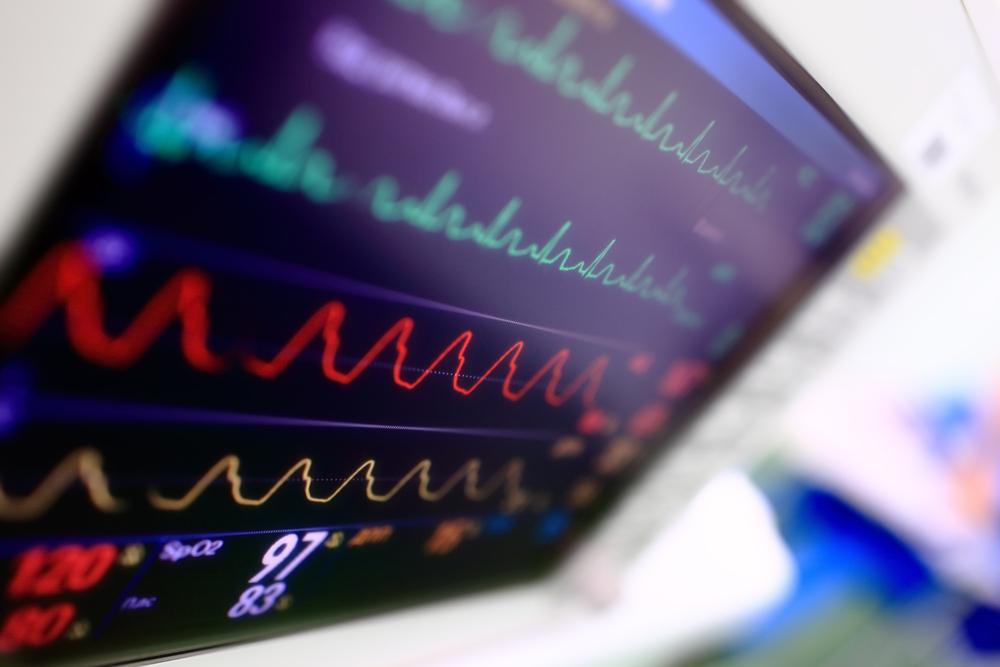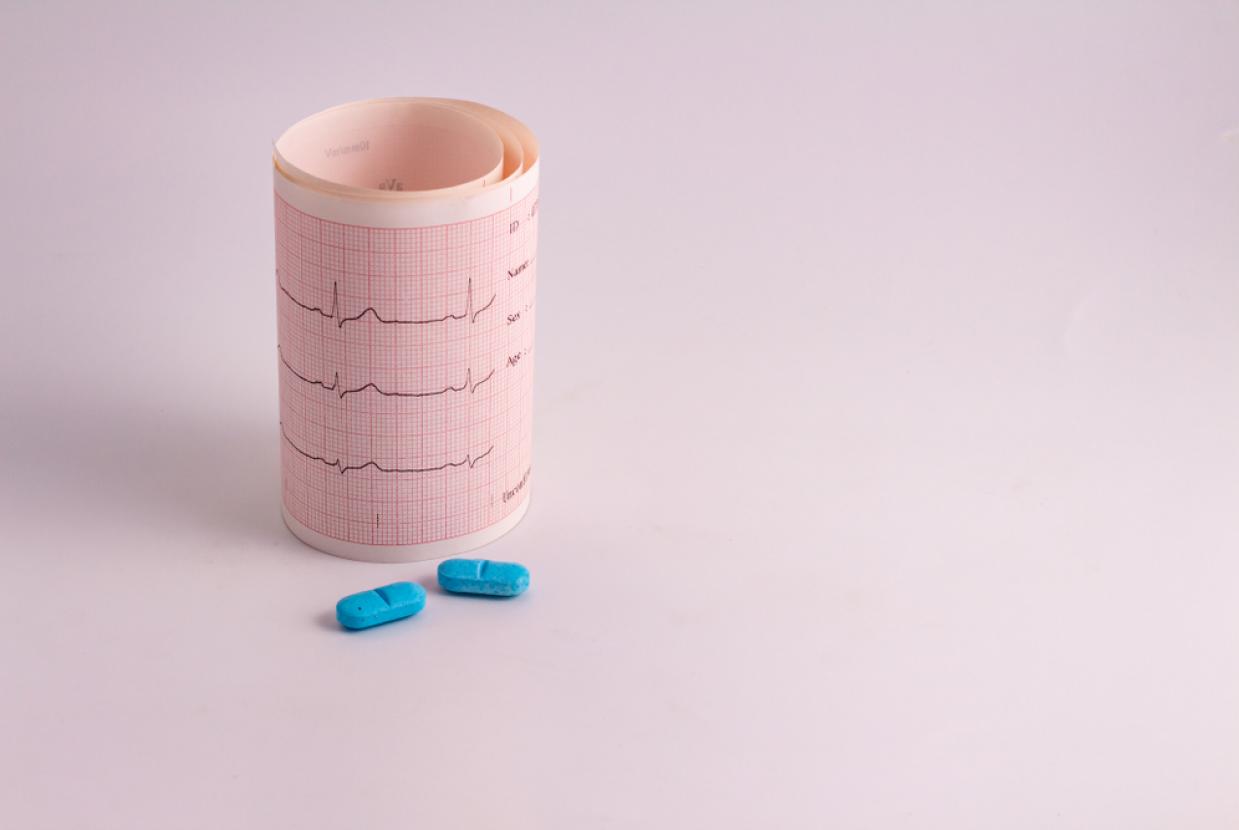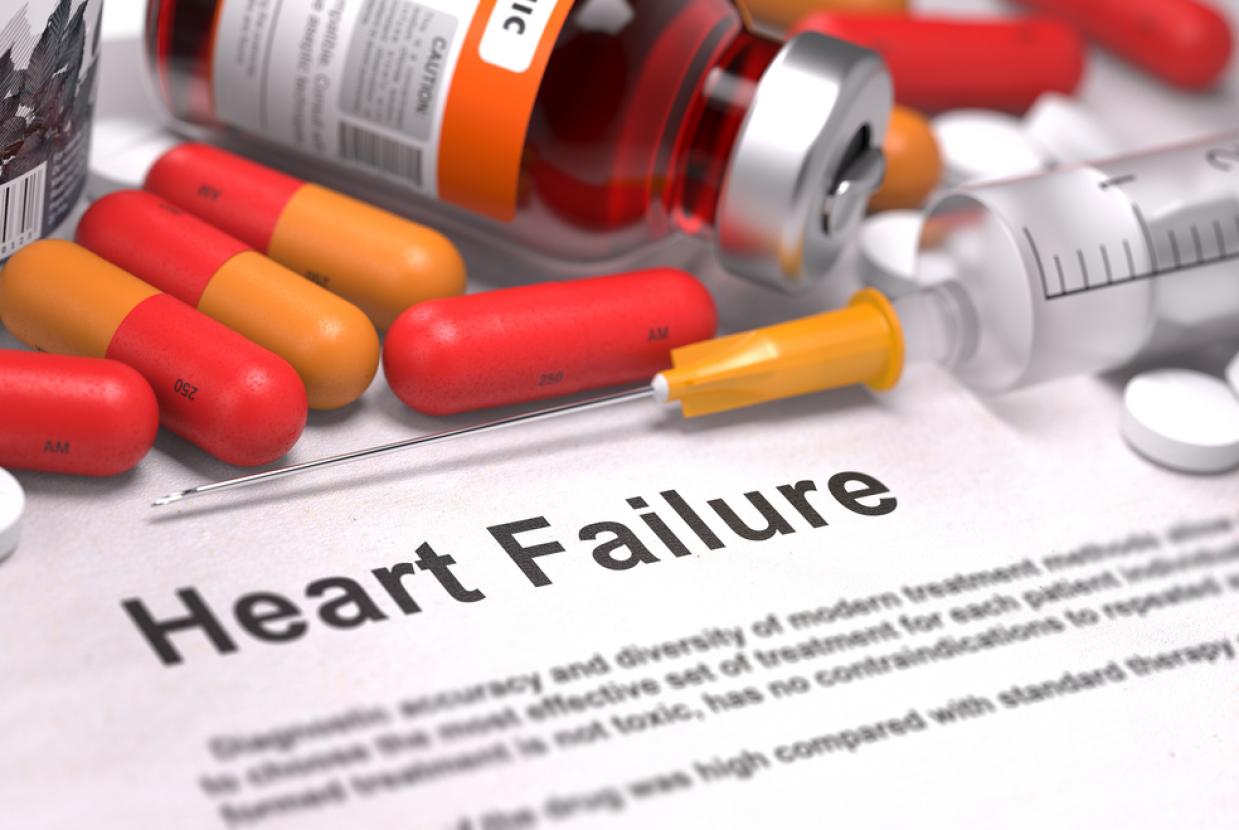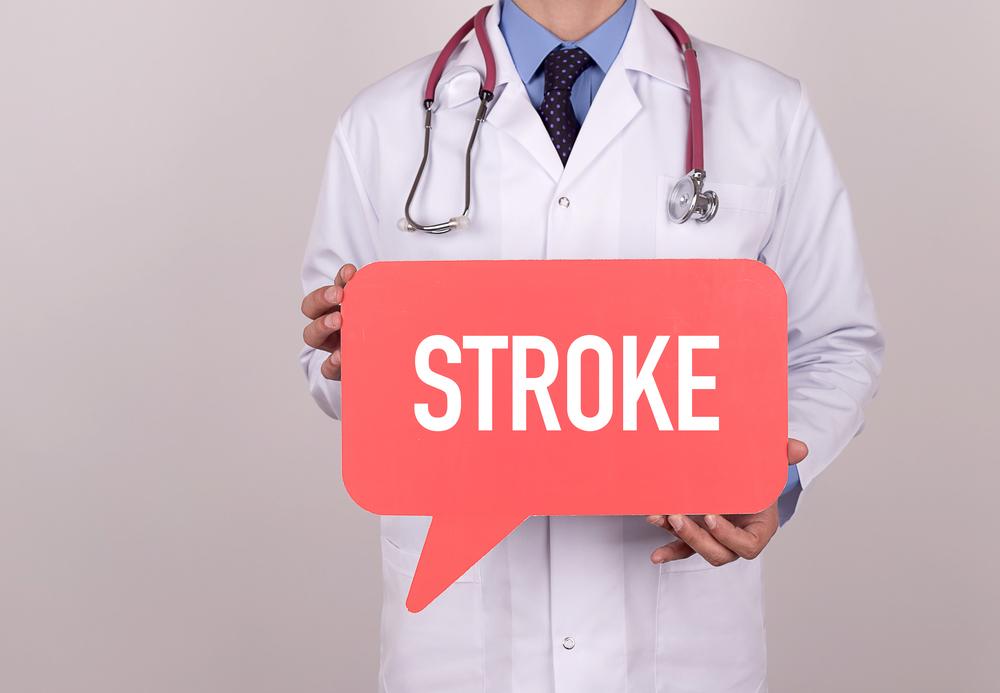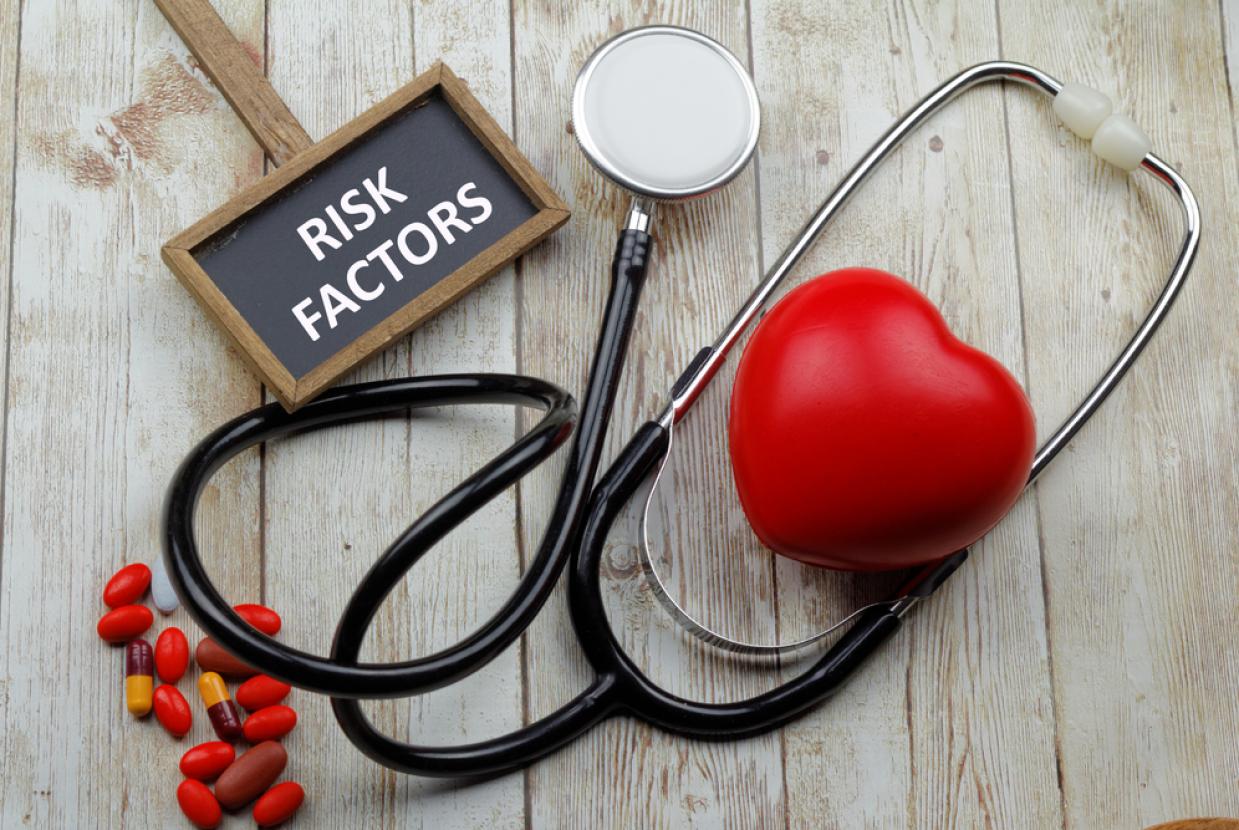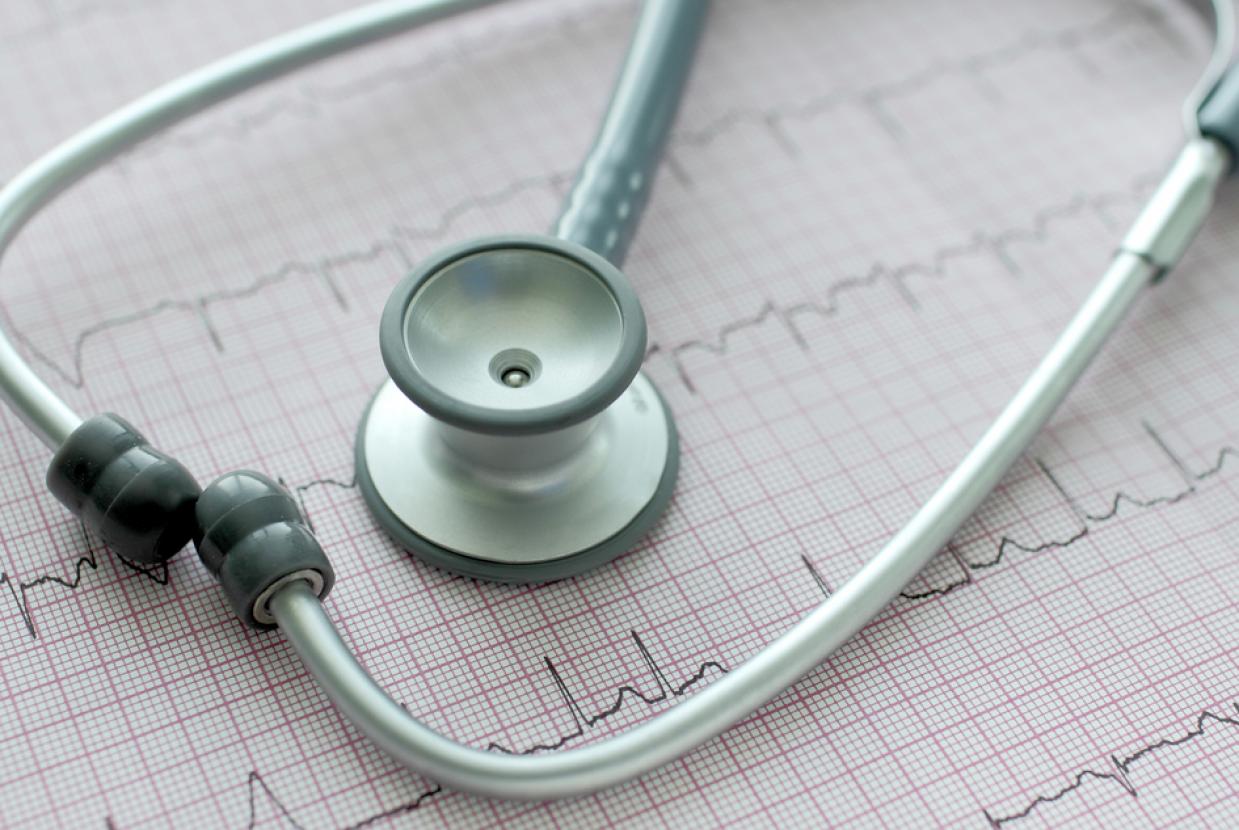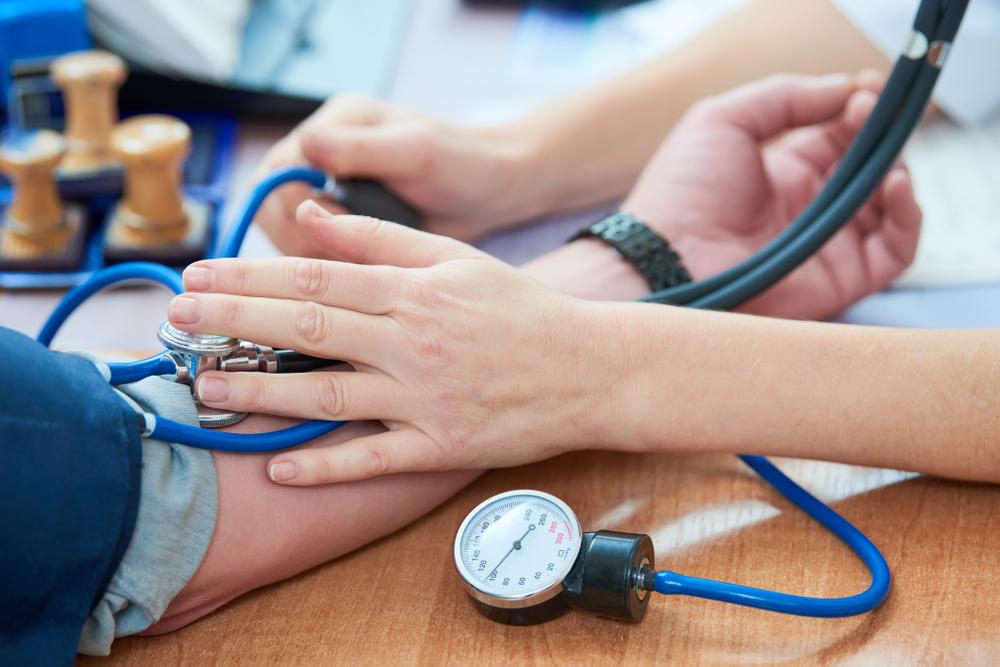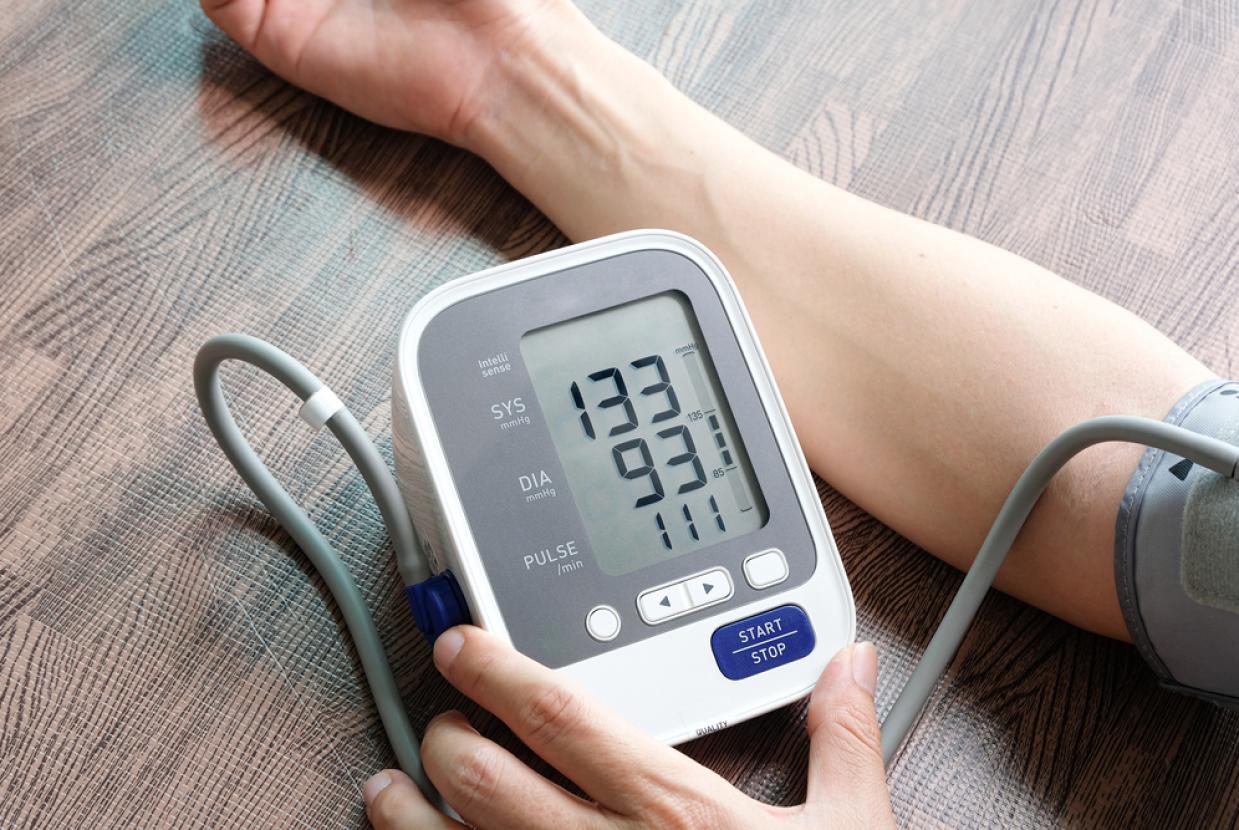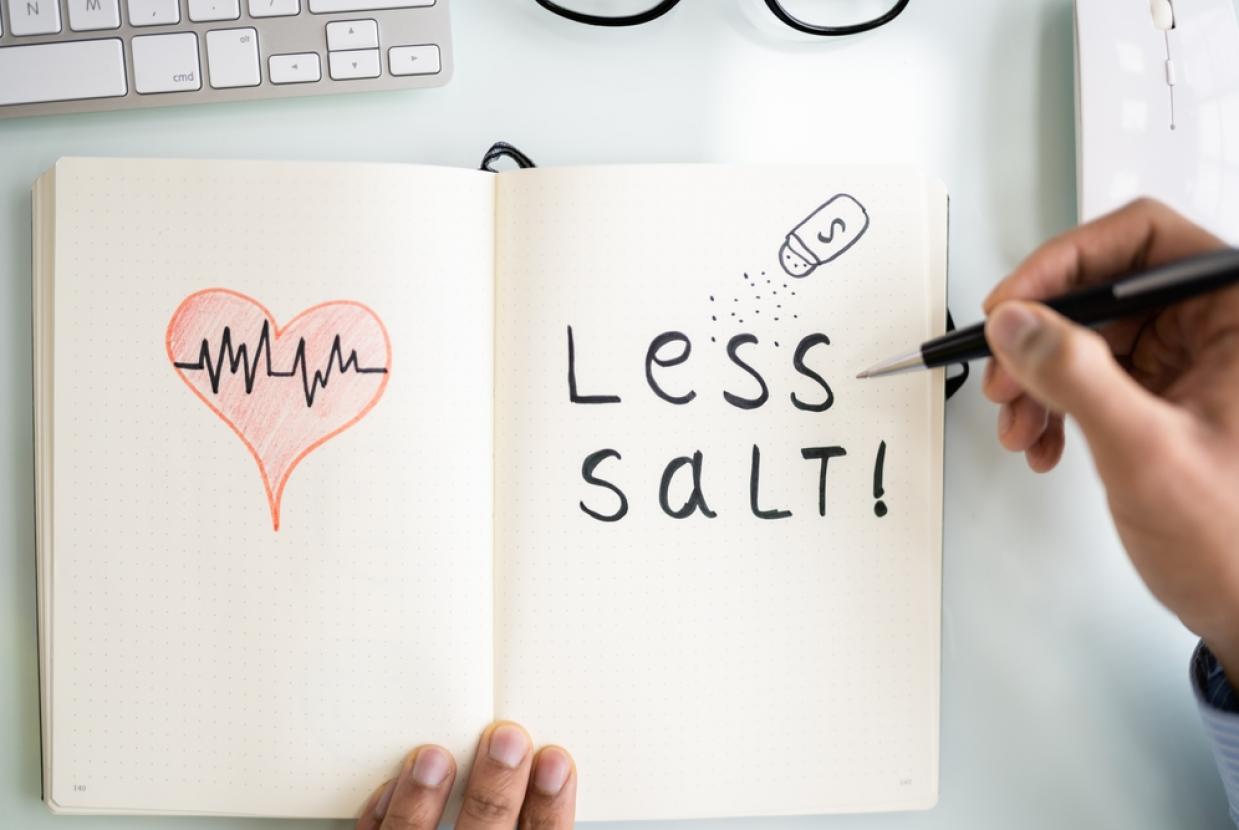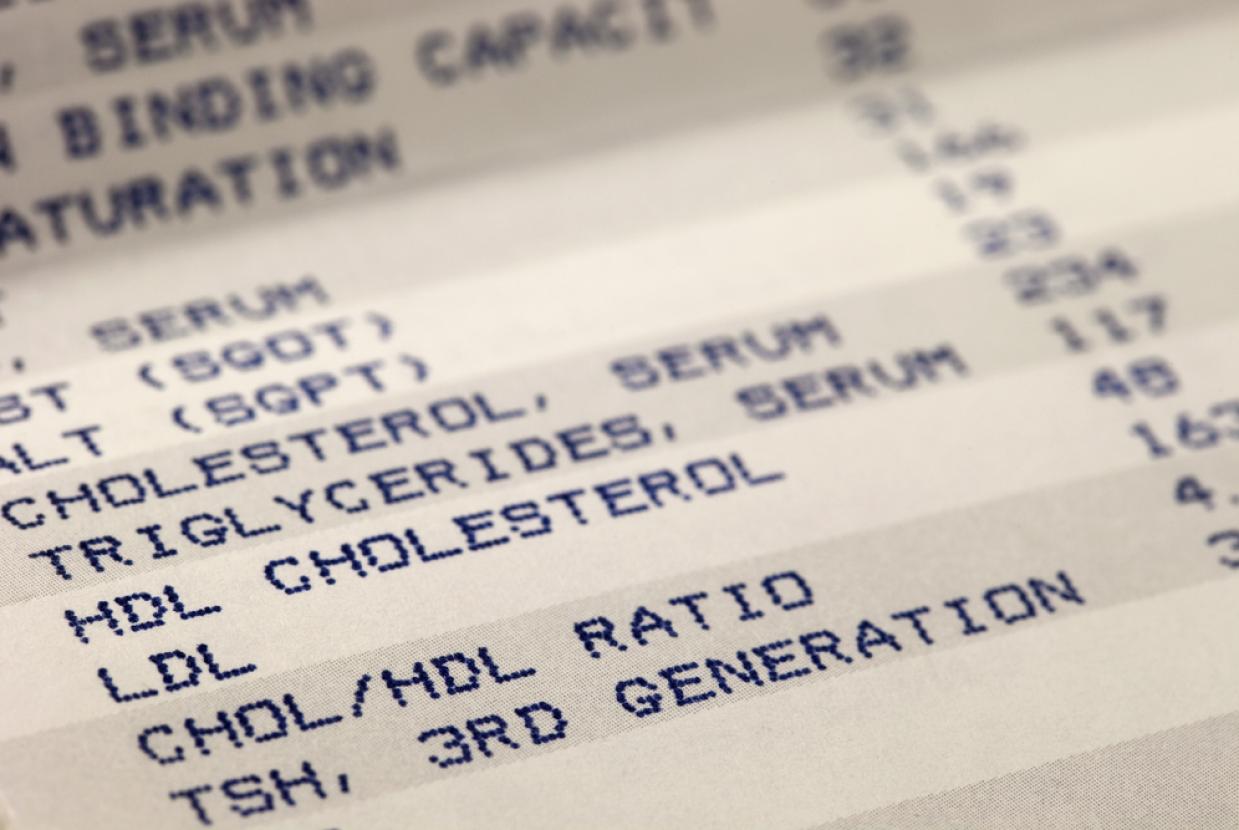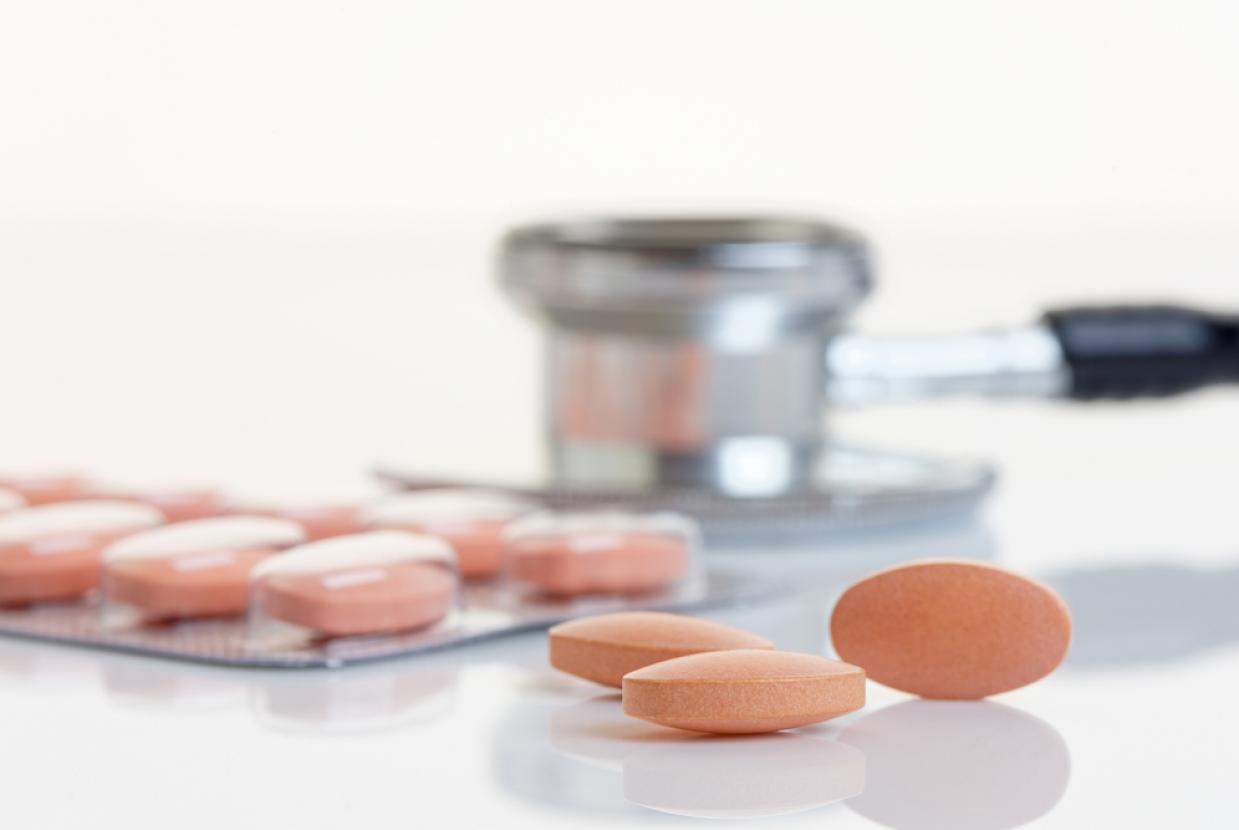Check your blood pressure
Heart HealthHigh blood pressure is a condition that can't be noticed or felt; however, if undiagnosed it can increase the likelihood of developing heart conditions such as heart disease or having a stroke.
What is blood pressure?
Blood pressure is the pressure of blood travelling through your arteries, these are the vessels that carry blood throughout the body and to the heart and brain. Without any pressure, blood would not be able to make it around the body.
The pressure of blood flowing through your arteries changes with every heartbeat. It is at its highest when the heart is contracting and pumping blood around the body and lowest as it relaxes and fills with blood to be pumped out again.
What is high blood pressure?
High blood pressure (hypertension) means that your blood pressure reading is consistently higher than the recommended level. If untreated, this can enlarge the heart and put you more at risk of heart failure, heart attacks or stroke. It is known as a 'silent killer' due to no symptoms attached. Factors that can increase the risk of having high blood pressure include;
- Not doing enough physical activity
- Being overweight or obese
- Having too much salt in your diet
- Regularly drinking too much alcohol or
- Having a family history of high blood pressure.
How do I know if I have high blood pressure?
Your doctor or nurse will take your blood pressure reading or pop into your local pharmacy. This will give them two readings; a top number (systolic) and bottom number (diastolic). Put simply, systolic pressure is the pressure in the arteries when the heart pumps blood away to the rest of the body, and diastolic is the pressure against the arteries and the walls of the heart when the heart is filling prior to another pump. If your blood pressure is over 140/90 mm/hg (millimeters of mercury), then this will have to be checked several times as this may be a sign of high blood pressure.
Blood pressure is constantly changing based on our mental and physical state or environment, this may also be known as 'white coat syndrome', which means individuals display high blood pressure when in the prescence of a medical professional taking it. This can be difficult to diagnose and it is important multiple readings are taken.
Know your numbers.
It is important that you get a blood pressure reading and know your numbers, especially if you have never had one. It is recommended that this reading is below 140/90 mm/hg. A reading of 120/80 mm/hg is known as the optimum level, however a reading around these numbers is a good sign of healthy blood pressure. If you know your numbers, click here, to check where you are on the blood pressure scale.
If you are concerned about your reading, making simple lifestyle changes can help reduce your risk and return your blood pressure to normal:
- Reduce your alcohol intake (recommended guidelines)
- Reduce your salt intake (no more than 6g per day)
- Increase your levels of physical activity (30 minutes per day)
- Maintain a balanced diet
If you would like to read more, visit the Health Advice section and find out more on Heart Health.
Or, to read the full article follow the link, www.bhf.org.uk.





